Taking over the bank after the Liberation of the South: Courage and speed
Since March 1975, before launching the Saigon - Gia Dinh General Offensive Campaign, the Politburo issued a directive to prepare for the takeover and orient the resolution of economic issues in the newly liberated areas, with special emphasis on the financial and banking sectors.
After the Liberation of the South and the reunification of the country, the economies of both regions had many opportunities to connect and develop. However, the monetary and banking sectors faced numerous difficulties. The revolutionary government had to take over a banking system in a state of severe inflation and financial imbalance. Many banks of the old regime fell into insolvency due to assets being tied up in bad debts or invested in illiquid bonds.
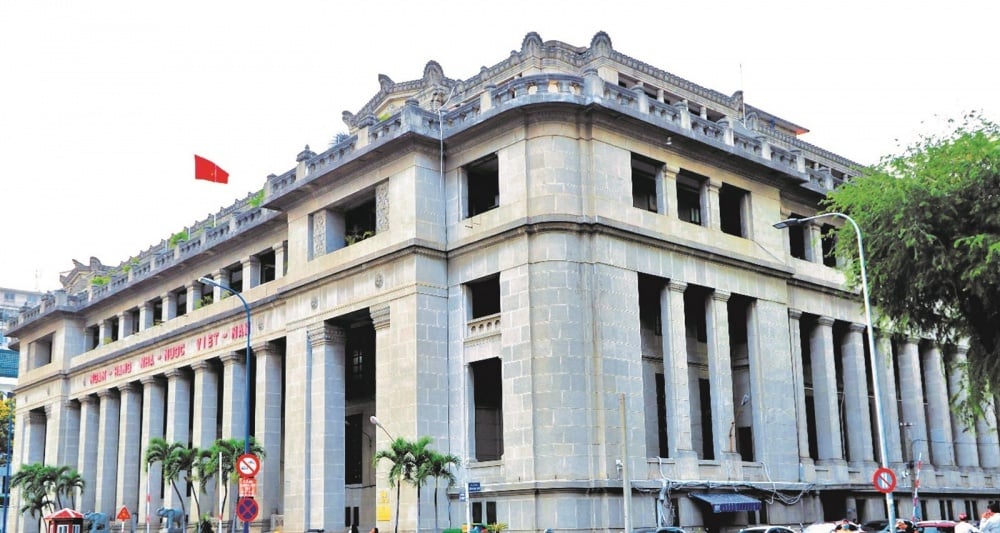 |
| National Bank of Vietnam Building (now the headquarters of the State Bank of Vietnam in Ho Chi Minh City) |
In that context, the Party Central Committee had a timely policy. On May 9, 1975, it temporarily allowed the use of old regime banknotes for transactions. At the same time, it promoted nationalization, built and developed the state-owned economy, urgently reformed the banking system, expanded the activities of the State Bank and professional banks to serve production and business, and abolished private banks.
The Politburo and the Government Council soon paid attention to the banking system in liberated areas and assigned the banking sector the responsibility of preparing forces and plans for takeover.
The bank takeover was carried out at lightning speed from the Central region. In Quang Tri – which was liberated in 1972 – the Credit Department was established immediately after the Paris Agreement was signed in early 1973. As soon as Thua Thien Hue was liberated on March 26, 1975, the State Bank delegation took over the banks of the old regime and established the Thua Thien Hue Bank of the Provisional Revolutionary Government of South Vietnam.
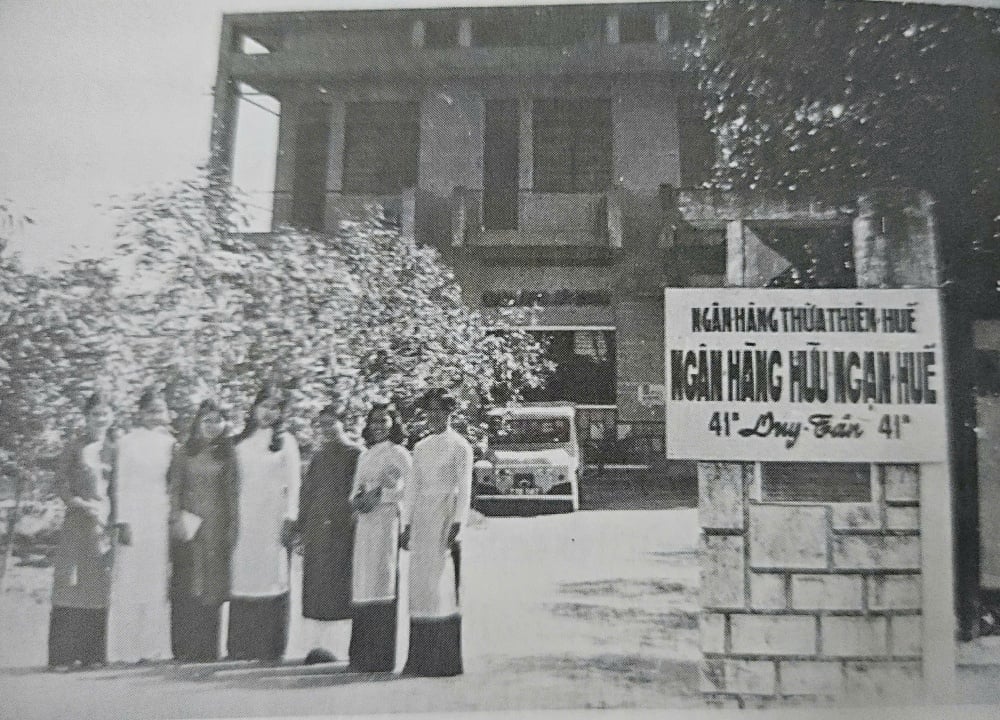 |
| Thua Thien Hue Bank after its establishment. Photo: History of Vietnamese Banking 1951 - 2016 |
In Da Nang - the largest city in the Central region, after liberation on March 29, 1975, all public and private banks were closed and placed under military management. The State Bank of Vietnam sent a delegation of 7 officials led by Mr. Le Dinh Khoi (at that time, Director of the State Bank of Yen Bai province) to take over the banking system in Da Nang.
The first old bank to be taken over was Nam Viet Bank, followed by Trung Viet Bank, Dong Phuong Bank, and Thuong Tin Bank.
In compliance with the Government's order, banks must be established to ensure that economic activities are not interrupted, as Mr. Nguyen Quang Lam (aka Tam Tu), Vice Chairman of the Representative Committee of the Provisional Revolutionary Government of South Vietnam in the Central region, told the delegation: "The urgent issue is to have a foreign bank, to have relations with foreign countries. For example, the French Consulate in Da Nang is complaining about not knowing where to receive money. Then ships come in and out of the port and foreign delegations come."
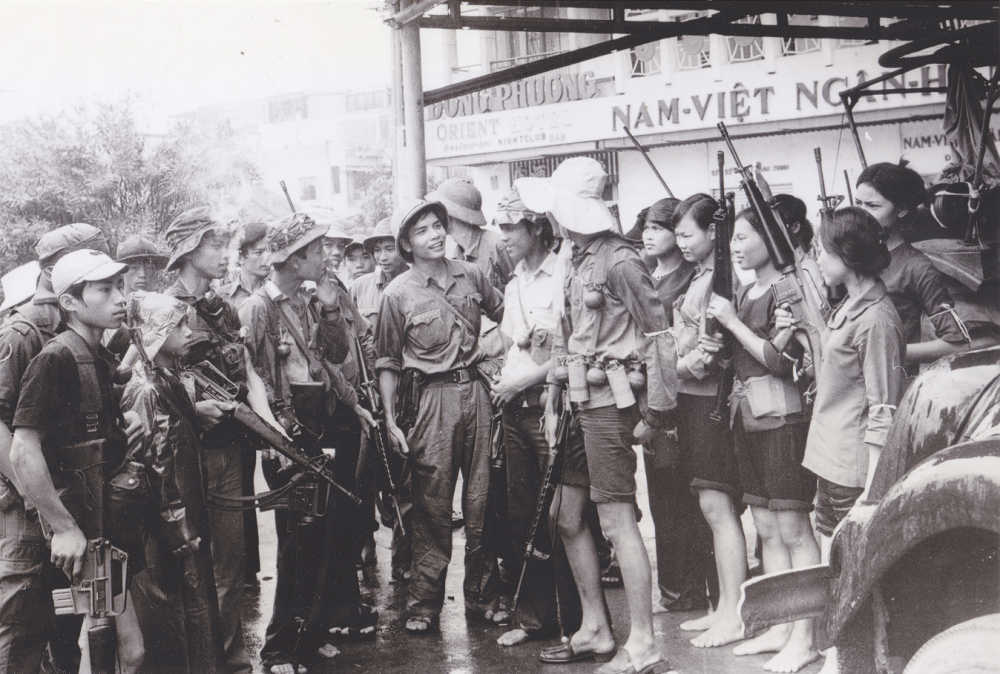 |
| Liberation Army at Nam Viet Bank, Da Nang. Photo: Propaganda Department of Da Nang City Party Committee |
In response to this urgent need, 12 days after the delegation of the State Bank of Vietnam took over the banking system in Da Nang, the Da Nang branch of the Foreign Trade Bank was established (according to Decision No. 31/QD, dated April 30, 1975, signed by Vice President Nguyen Quang Lam). This branch immediately began to control all documents, savings deposits, loan contracts, asset balance sheets, etc. of the old banks that had just been taken over. At the same time, it arranged forces to handle urgent matters at that time such as: handling foreign exchange in general, collecting USD and other foreign currencies in circulation among the people in Da Nang and the provinces in Zone V, handling gold and precious stones stored in banks and immediately performing a number of foreign exchange services. Thanks to that, after only a short time, ships were able to enter and exit Da Nang port. The first ship was from Cuba, carrying aid to the people of the South, the newly liberated land of Central Vietnam.
Strong staff – the foundation for success
The takeover of the banking system in Saigon was of strategic significance because this was the financial and economic center of the entire South. The takeover force was mobilized from three sources: cadres of the Central Office for Southern Vietnam; local cadres who had worked in banks of the old regime and especially the support team from the North - those who had experience at Vietcombank or were knowledgeable about the international financial market.
Along with the liberation process, the takeover of the banking system ended in Saigon: Taking over the banking system in Saigon meant taking over the entire banking system in the South, because Saigon was the economic and financial center of the entire South. The takeover staff was formed from 3 sources: Source from the Central Office for the South, headed by Mr. Tran Duong, former Deputy General Director of the State Bank of Vietnam, who was then Deputy Head of the Southern Economic and Financial Department. The local source was the number of staff who had previously worked in the banks of the old regime.
On the morning of May 1, 1975, a delegation led by Mr. Lu Minh Chau - Head of the Military Bank Management Board - completed the takeover of the National Bank, Vietnam Thuong Tin Bank and the remaining banks on the same day. The Military Management Board's headquarters was located at 17 Ben Chuong Duong, where all the takeover and asset handling activities were coordinated. Former bank officials, including the Governor of the National Bank, were invited to work and provide information.
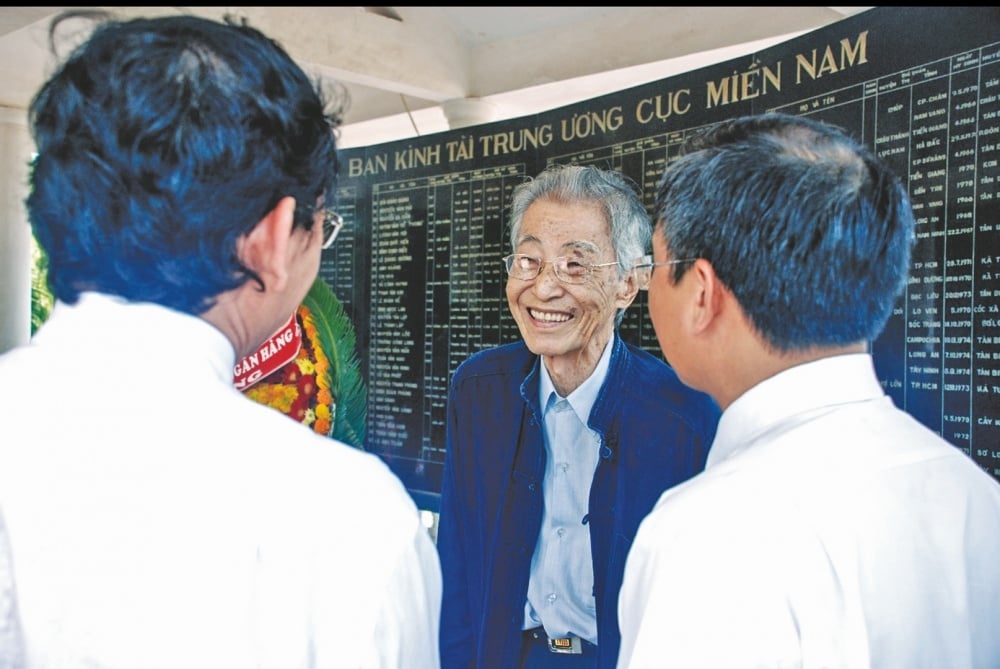 |
| Mr. Lu Minh Chau (1929 - 2016), former General Director of the State Bank of Vietnam |
Following closely in the footsteps of the Liberation Army, the delegation of cadres taking over the banking system also marched at lightning speed and worked urgently, so that by the morning of May 1, 1975, the delegation of cadres taking over the bank under the leadership of the Head of the Military Banking Management Board Lu Minh Chau (later he was the General Director of the State Bank of Vietnam) successively took over: the National Bank, the Vietnam Thuong Tin Bank and all other remaining banks on just May 1, 1975.
The takeover took place in an orderly and efficient manner thanks to careful preparation and close direction from superiors. All assets, cash, documents, foreign currency, precious metals, etc. were sealed and strictly protected in preparation for the next step. After the takeover, the revolutionary government controlled the money issuance tools and mobilized a total of more than 150 billion VND from the National Bank and private banks. This money was used for urgent tasks such as military spending, food purchases, and support for key areas such as Tri Thien and Zone V.
Thanks to the careful preparation of a strong cadre team to take over and strictly comply with the instructions of the superiors, the takeover of the old regime's banking system took place quickly in Saigon and other provinces and cities. The Military Bank Management Board sealed and protected all types of assets; domestic and foreign cash funds, metals, precious stones and bank documents to prepare for the next step.
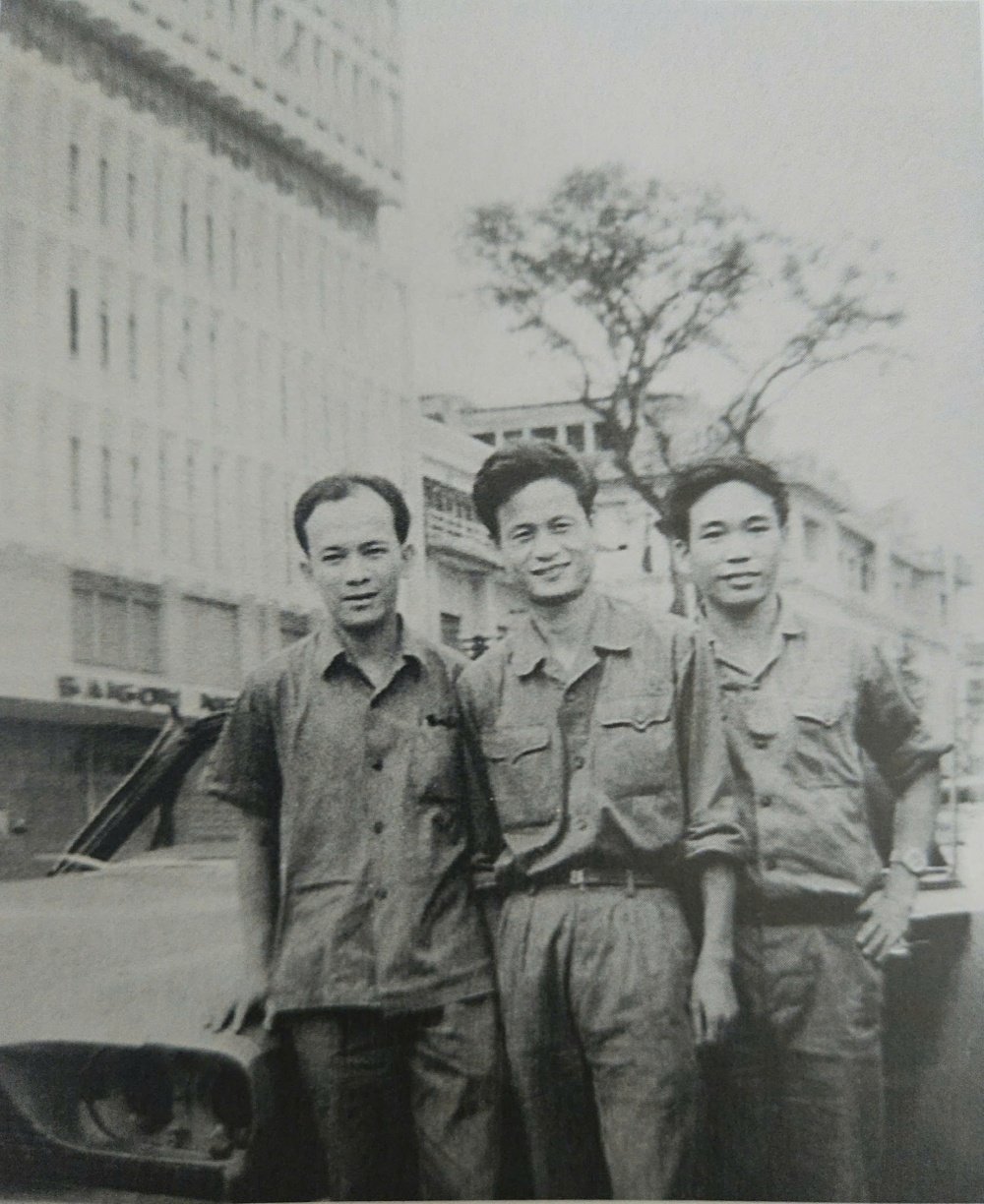 |
| Bank officials in liberation uniforms on the first day at Ben Chuong Duong. Photo: History of Vietnamese Banking 1951 - 2016 |
After taking over the banking system of the old regime, the revolutionary government had the means of issuing money in its hands, the treasury of the National Bank and had concentrated the cash funds of private banks to serve as a means of payment for the activities of the new regime. The total amount collected was over 150 billion VND. Of which, there was 125 billion VND in various currencies in the treasury of the National Bank, 7.8 billion VND in the reserve fund and over 19 billion VND in the funds of private banks. With this fund, the Politburo and the Central Office for Southern Vietnam decided to spend most of it to ensure the spending needs of the army, using 20 billion VND to buy rice in the Mekong Delta, 15 billion VND to support Zone V and Tri Thien.
The success in taking over the banking system in the South is a vivid demonstration of the courage, initiative and high sense of responsibility of the banking sector. With lightning speed, smooth coordination and a highly specialized staff, the banking sector has contributed to ensuring that financial and monetary activities are not interrupted, quickly restoring the economy and stabilizing society after the war.
It is one of the important historical milestones demonstrating the vital role of the banking industry in the process of national unification and economic development.
Source: https://thoibaonganhang.vn/khang-dinh-ban-linh-nganh-ngan-hang-giu-vung-huyet-mach-nen-kinh-te-163646.html


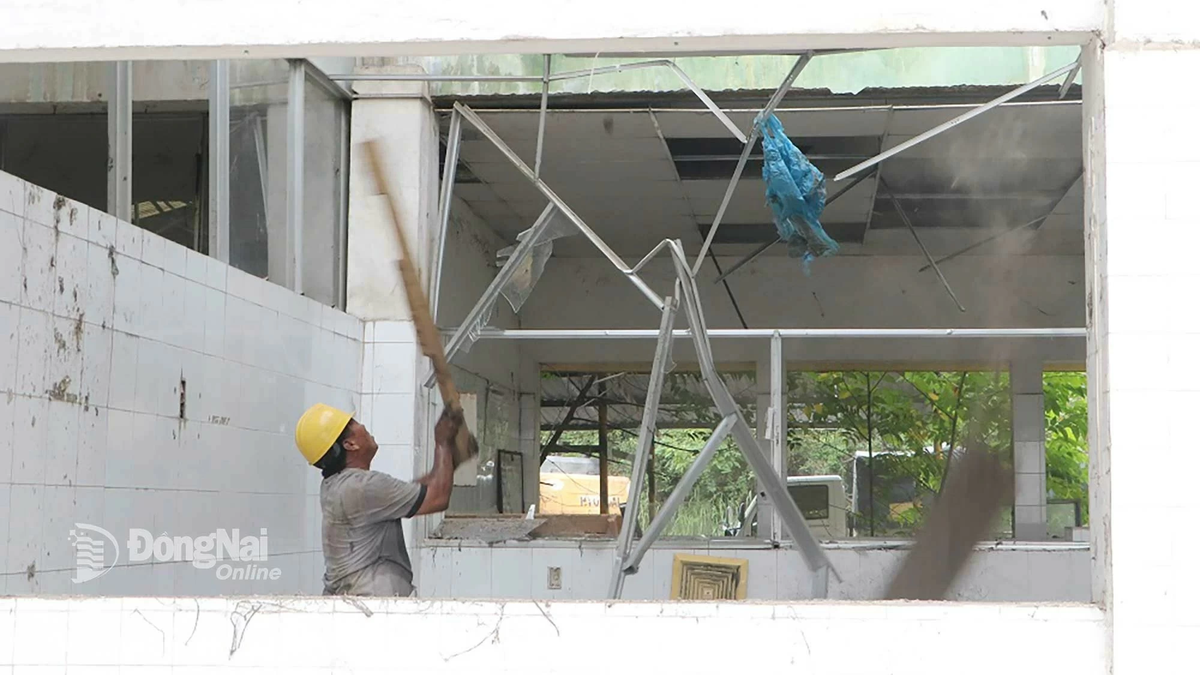

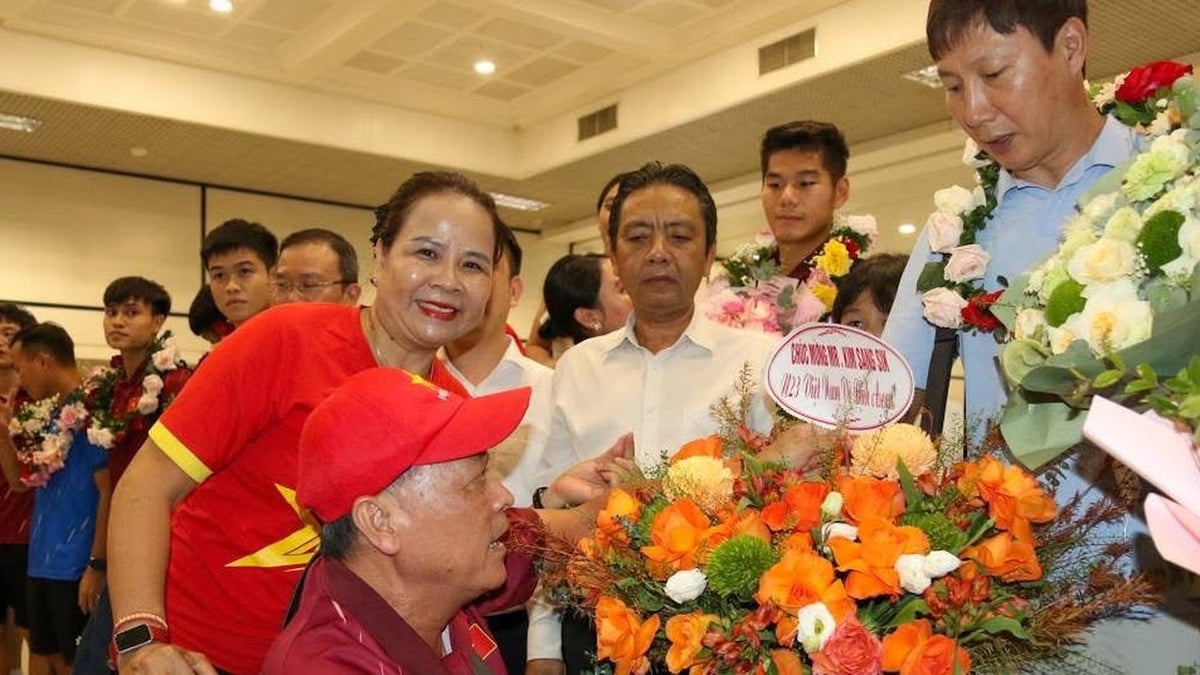


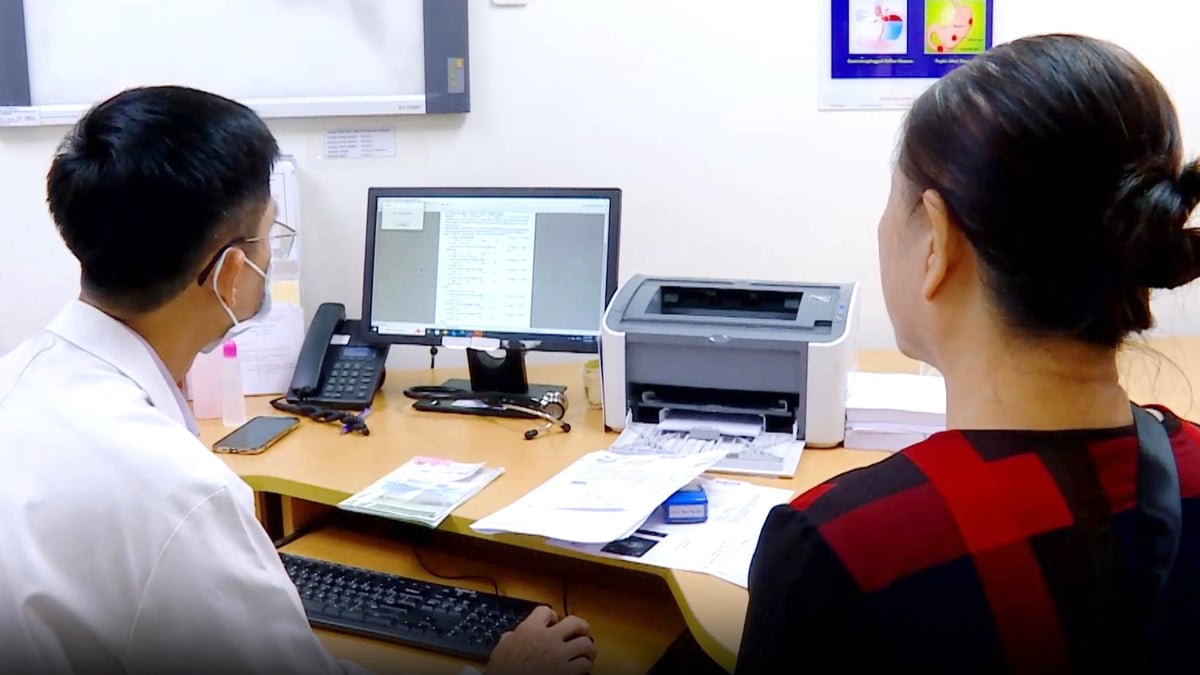



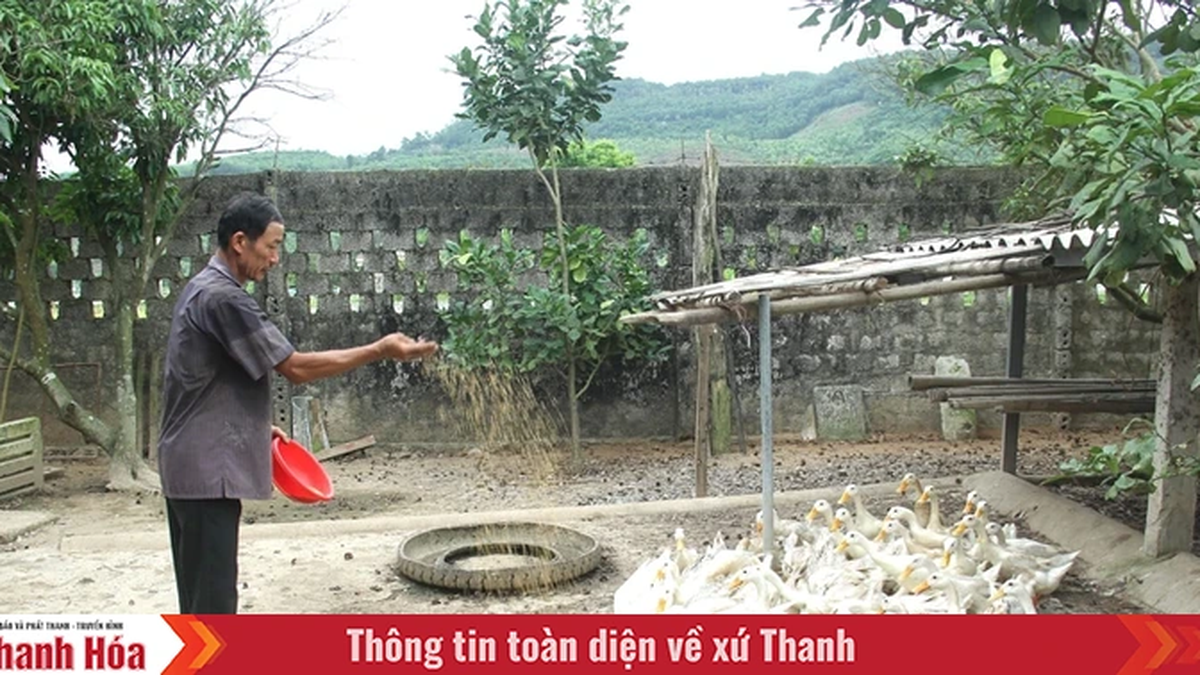












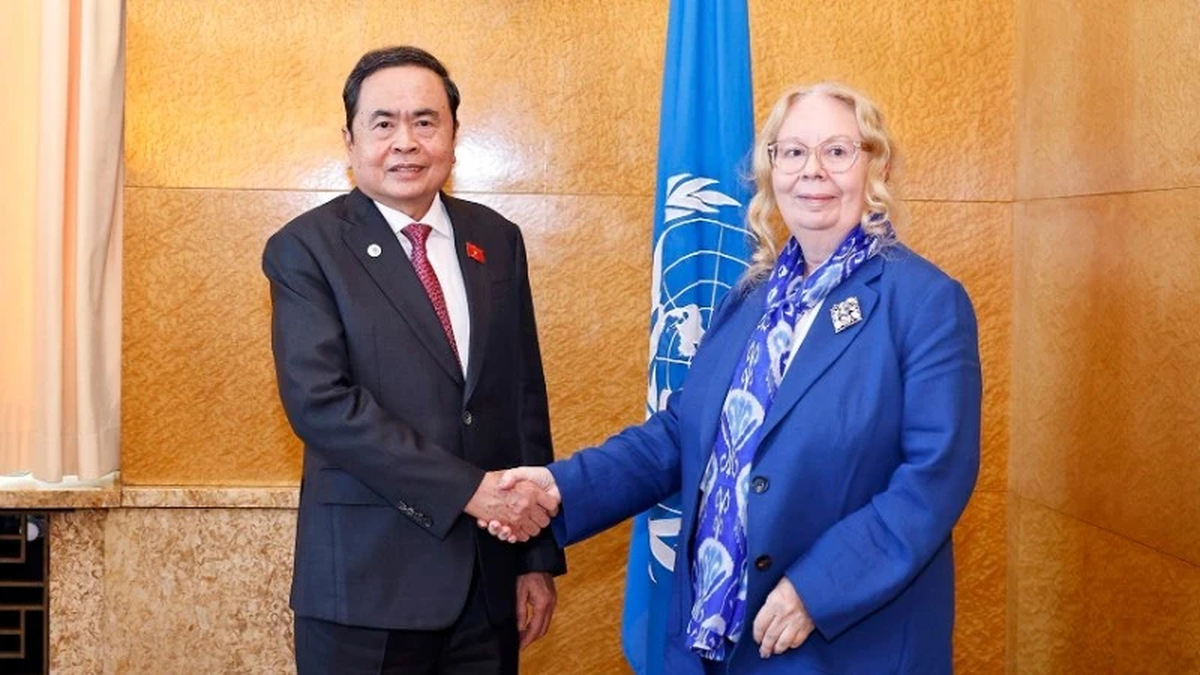
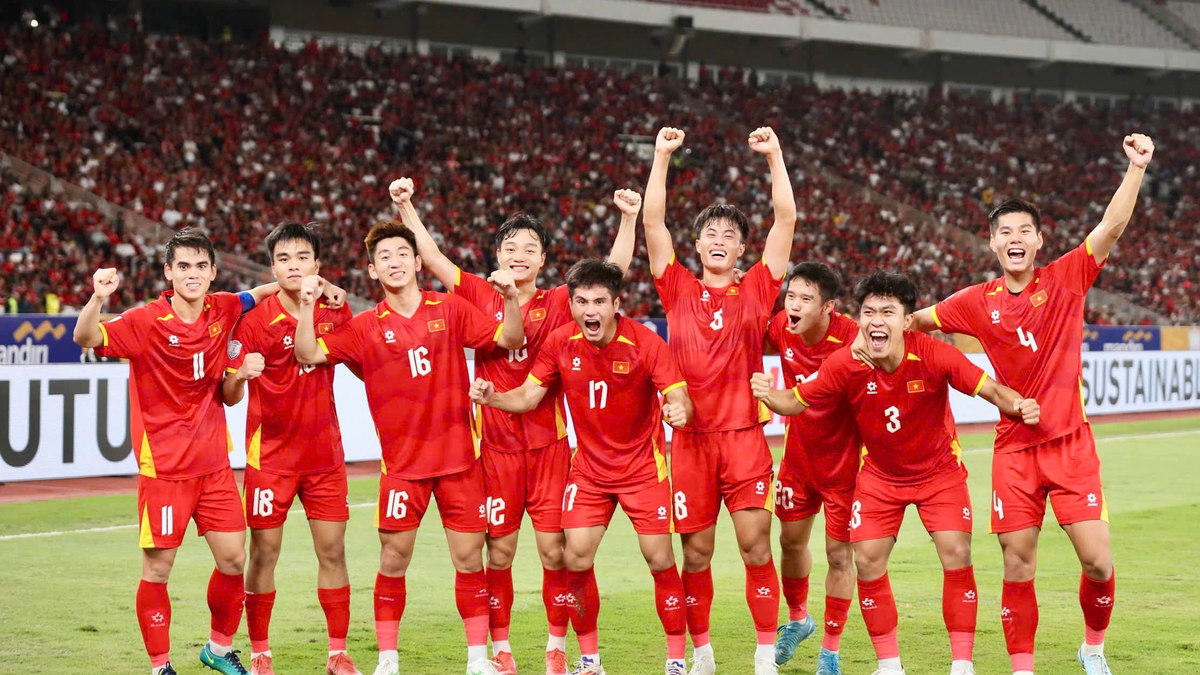
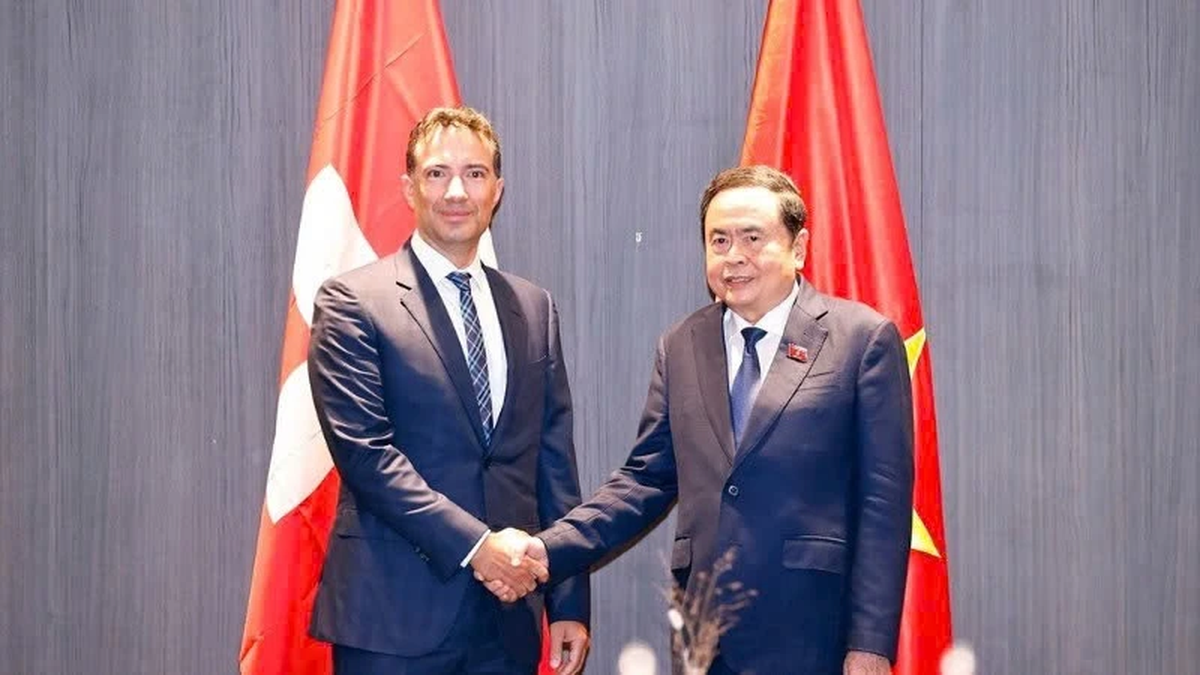

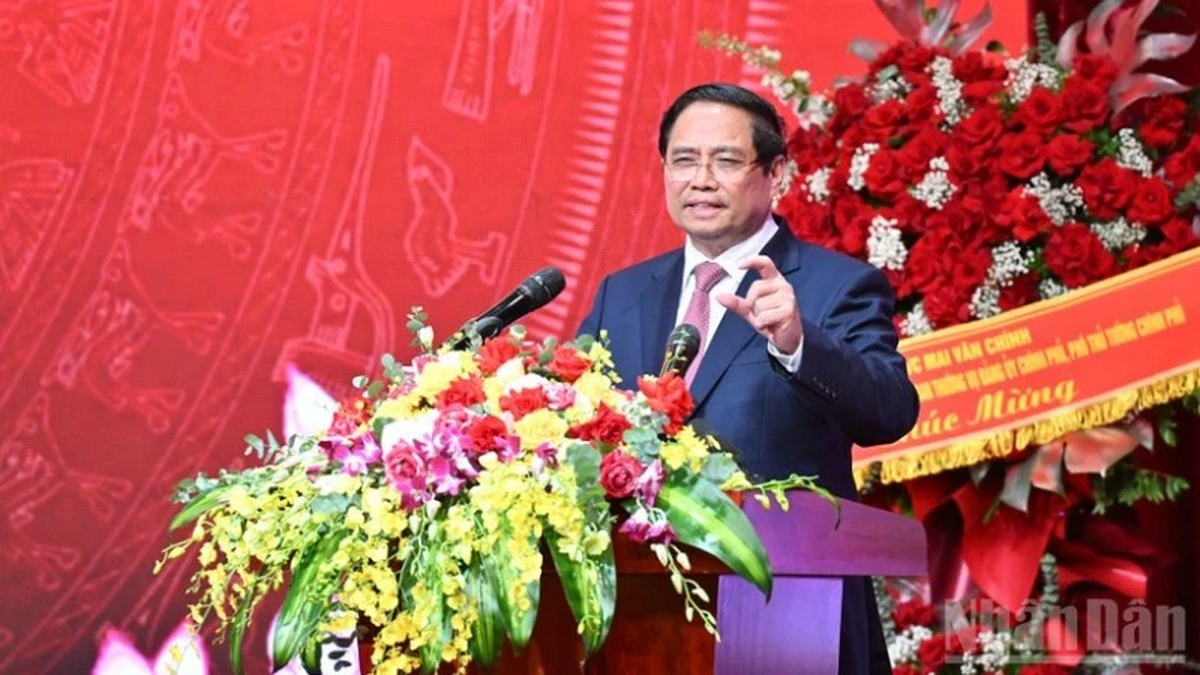

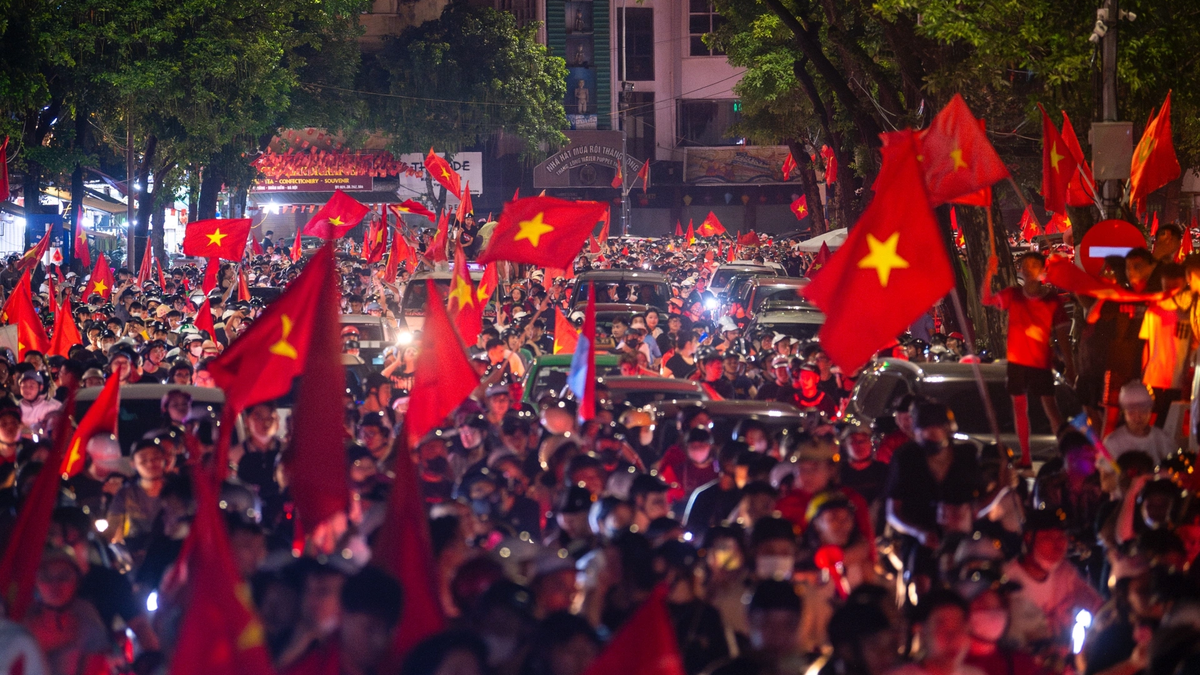

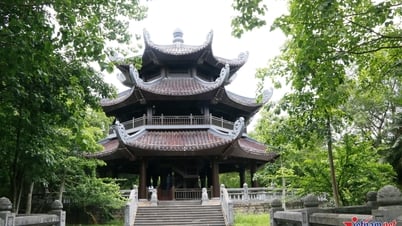

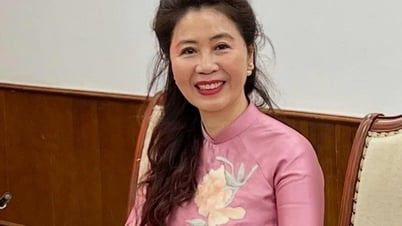

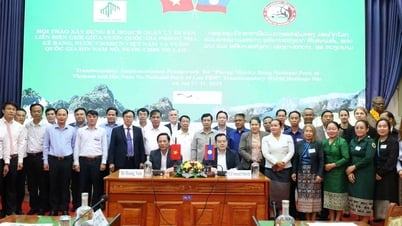

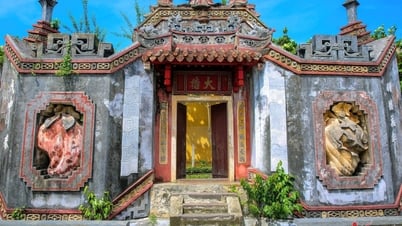


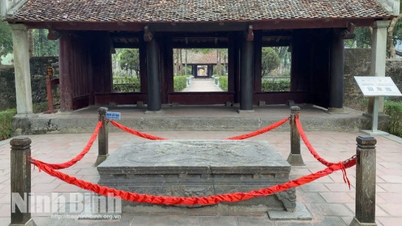




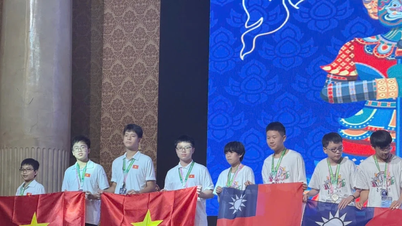




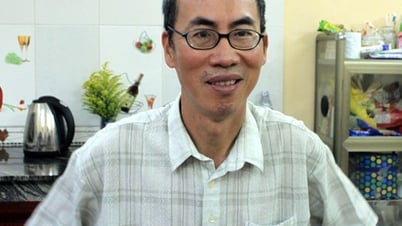

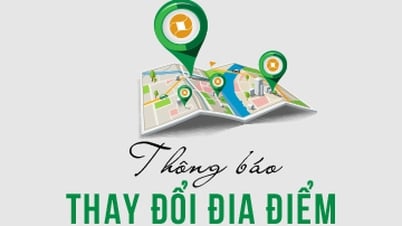


![[Maritime News] Container shipping faces overcapacity that will last until 2028](https://vphoto.vietnam.vn/thumb/402x226/vietnam/resource/IMAGE/2025/7/30/6d35cbc6b0f643fd97f8aa2e9bc87aea)
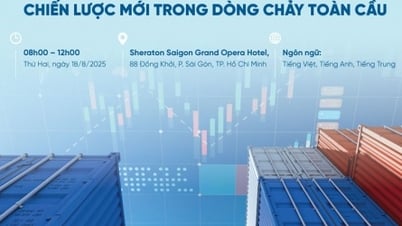

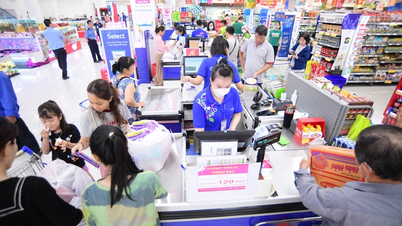

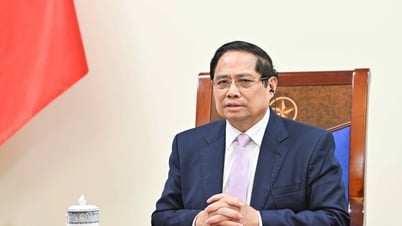


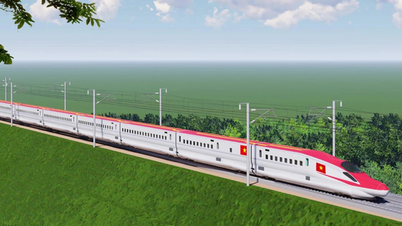
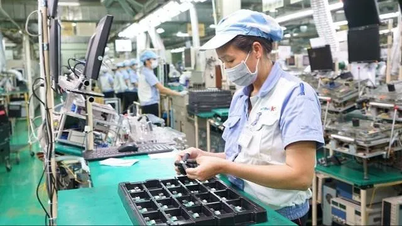

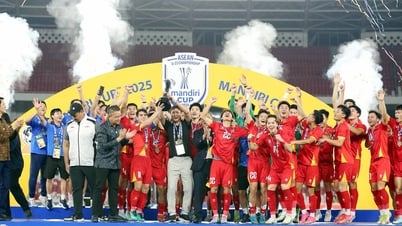

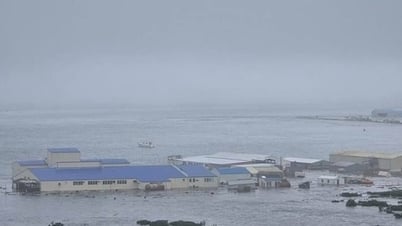

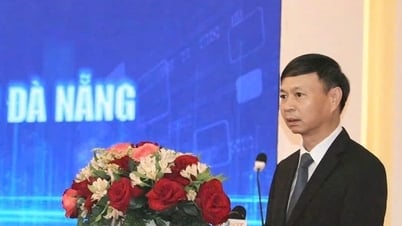

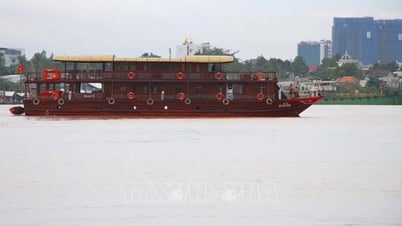

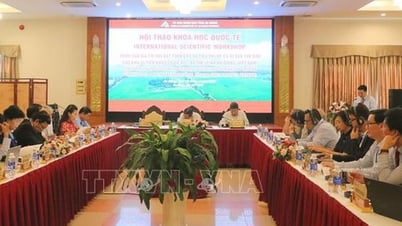

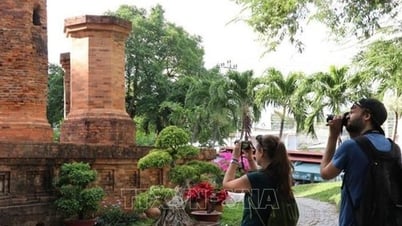








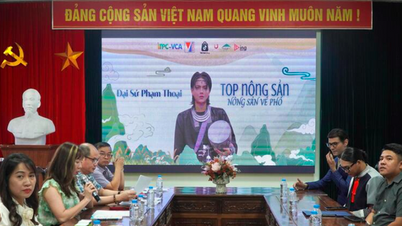



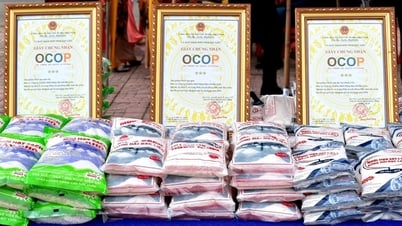
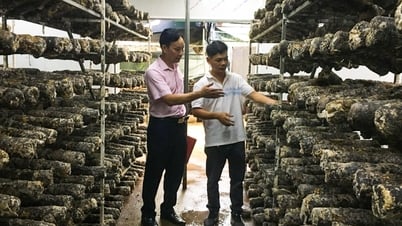







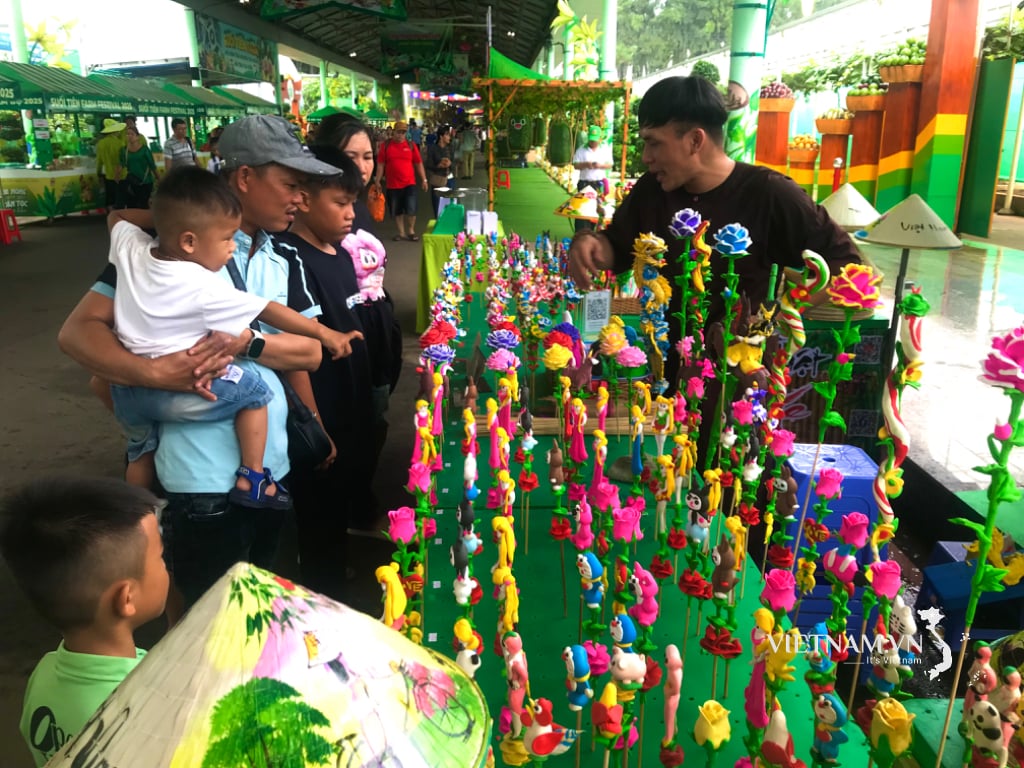
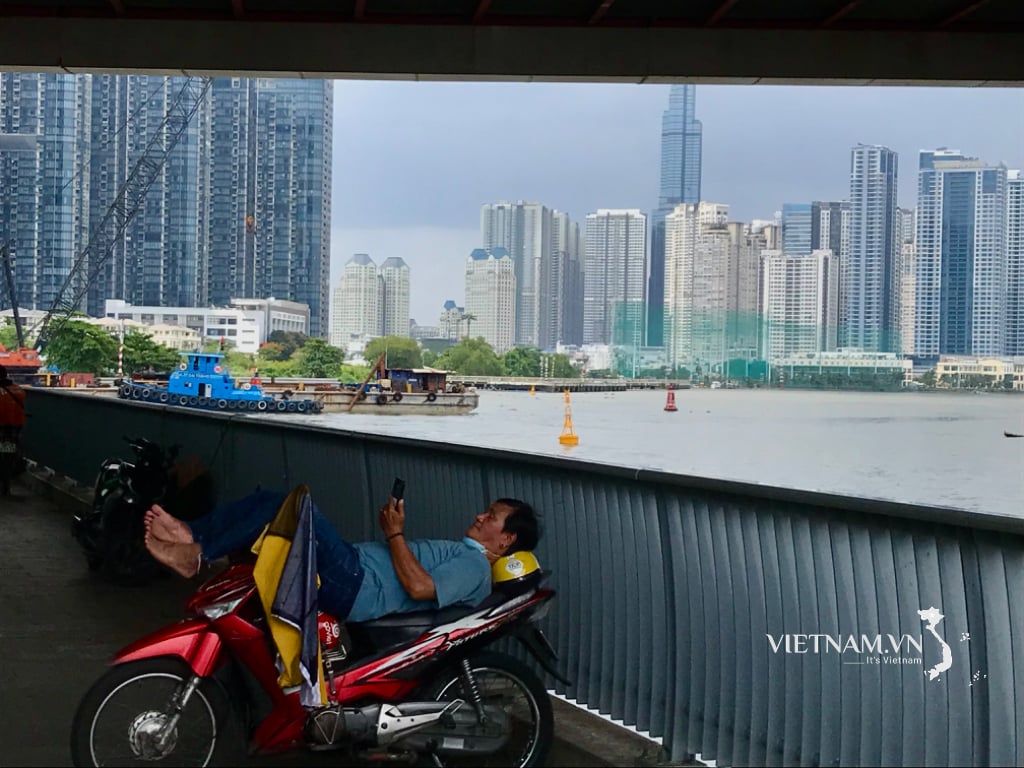

Comment (0)